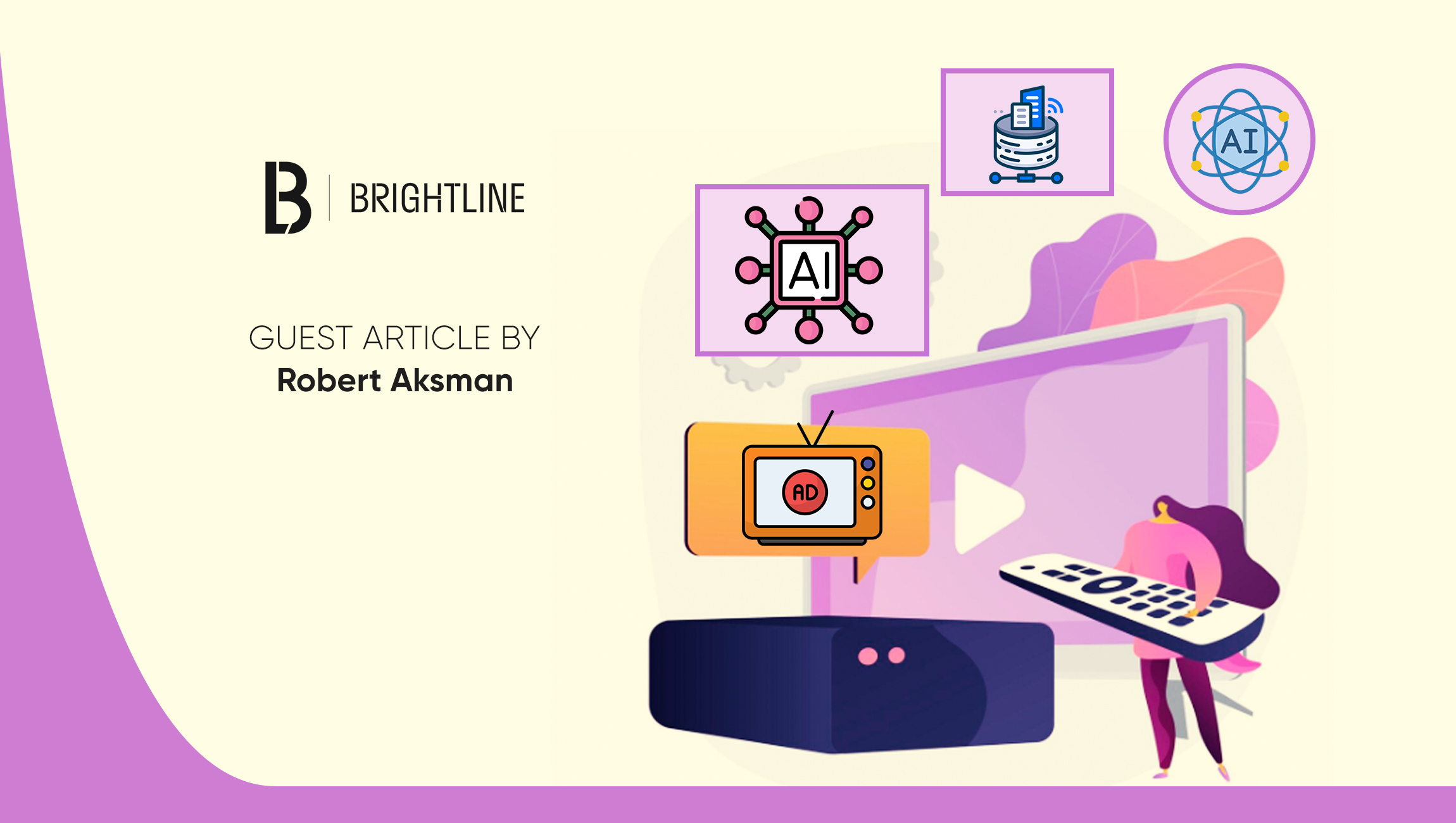Today’s viewers expect more than a one-size-fits-all commercial. On Connected TV (CTV), relevance, control, and interactivity are no longer nice-to-haves — they’re table stakes. Interactive ad formats have taken a big step forward in meeting those expectations, but now artificial intelligence (AI) is giving them an even better upgrade.
AI is turning interactive ads into adaptive systems — ads that learn, adjust, and improve in real time based on different variable inputs such as selection frequency, time of day and more. For viewers, this creates more relevant and engaging experiences. For marketers, it delivers campaigns that don’t just perform — they evolve.
The Shift from Pre-Set to Personalized
Early personalization efforts in digital advertising were based on rules and pre-defined logic. Ads could be tailored to an audience segment or user attribute, but once live, the creative was locked.
Then came interactive CTV formats — allowing viewers to engage with content, scroll through product features, or take action directly from the screen. These formats offered deeper engagement but were still built from fixed creative templates. The ad might look interactive, but it didn’t adapt.
Now, AI is entering the creative layer itself. It’s no longer just about targeting the right viewer — it’s about adjusting and optimizing the content in real time based on how the viewer responds. That’s the game-changer.
How AI Is Enhancing Interactive CTV Ads
AI introduces dynamic optimization within the ad experience — enabling it to adapt in the moment.
Here’s what that looks like in practice:
- Smarter Sequencing: Instead of serving the same product to every viewer, AI continuously analyzes product performance and reorders them based on viewer preference. The best-performing products get placed first.
- Context-Aware Personalization: AI takes into account variables like time of day, content genre, region, and device type. This adds a layer of situational awareness, helping the ad feel more relevant and better timed.
- Deeper Engagement, Stronger Recall: Viewers who actively engage with responsive, dynamic formats are more likely to remember the brand. That lean-in behavior strengthens brand impact and drives better performance across every measurable metric.
By leveraging advanced AI and automation tools, BrightLine has accelerated campaign launch times by 30%, enabling faster time-to-market and greater operational efficiency. These technologies are continuously evolving, becoming more deeply integrated across BrightLine’s workflows to drive even stronger performance gains.
Marketing Technology News: Martech Interview with Meena Ganesh, Senior Product Marketing Manager @ Box AI
Faster, More Efficient Creative Execution
Beyond smarter performance, AI is also streamlining the creative process itself.
- Accelerated Production: Generative AI tools help marketers produce interactive creatives instantaneously, offering automated layout suggestions, content variations, and even copy generation — significantly reducing the time to launch.
- Lower Resource Requirements: With AI handling much of the optimization and variation logic, creative teams don’t need to manually create every version of an ad. This allows teams to focus on higher-level strategic decisioning and cover even more ground.
Campaigns That Optimize Themselves
AI also eliminates the need for constant manual campaign adjustments. Now, Interactive CTV campaigns can improve on their own, mid-flight.
- Real-Time Learning at Scale: Performance signals like viewer interaction and preference for highly selected products help AI tailor the creative to individual viewers. The same ad may look different depending on who’s watching, where and when.
- Truly Personalized Experiences: When campaigns adapt based on real behavior and context, every impression becomes more valuable. This level of relevance was difficult to achieve even a year ago.
Why It Matters for Marketers
Interactive ads used to be about giving viewers more control and the ability to engage with their favorite brands directly. Now, with AI, they’re also about giving the ad itself the ability to adapt. That marks a fundamental evolution — from static, pre-planned creative to real-time, learning-driven engagement.
For marketers, this changes the playbook:
- Campaigns are no longer “set it and forget it.” They’re living systems that refine themselves continuously.
- Optimization isn’t just for media planners— it now lives inside the creative.
- Personalization goes beyond messaging to include real-time visual and structural changes.
To get started, marketers can focus on integrating AI tools that enable real-time feedback loops and prioritize building flexible creative assets designed to be reshuffled dynamically. Measuring success means tracking engagement metrics beyond impressions — such as interaction depth, time spent, and conversion pathways — to capture the full impact of adaptive ads.
In a crowded and fast-moving CTV ad landscape, relevance is everything. AI makes it possible to deliver the right message, in the right order, at the right time — not just once, but continuously.
Stay Static, Get Left Behind
AI is quickly becoming central to interactive CTV ad strategies. Marketers who embrace this shift will be positioned to deliver more relevant, responsive, and high-performing campaigns — ones that get smarter with every view. Those who continue to rely on static creative risk falling behind, serving yesterday’s ads to today’s audiences.
The future of CTV advertising isn’t just interactive — it’s intelligent.
Marketing Technology News: What Marketers Need to Know About the European Accessibility Act











